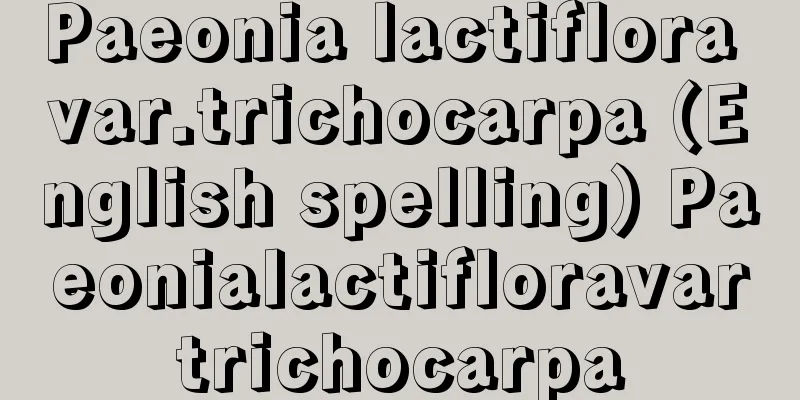Ueno

The former city area of Iga City, in the northwest of Mie Prefecture. It is located at the confluence of the Tsuge River and the Hattori River, almost in the center of the Ueno Basin. In 1941, seven towns and villages, including Ueno Town, merged to form a city. Between 1950 and 1957, parts of Fuchu Village, Inoda Village, Tomoe Village, Nakase Village, Hanagaki Village, Yinako Village, Hiziki Village, Maruhashira Village, Kobe Village, and Furuyama Village were incorporated. In 2004, Iga City was formed by merging with Iga Town, Shimagahara Village, Ayama Town, Oyamada Village, and Aoyama Town. Ueno, the central city area, has long been a strategic military and economic location, and in 1608, Todo Takatora took possession of the area, and in 1613, Tokugawa Ieyasu ordered the extensive renovation and expansion of Ueno Castle (the castle ruins are a nationally designated historic site) and the opening of the castle town. The area is centered on agriculture, and has traditional industries such as sake brewing, braided cords, Japanese umbrellas, and Iga ware. Along the Meihan National Highway, there are factories producing electrical parts, textiles, and food products. In the eastern part of the city, there are the ruins of Iga Kokubunji Temple (a nationally designated historic site), as well as many other shrines listed in the Shikinai-in (regularly designated) such as Gankoku Shrine, and there are also Gohakayama Kofun, the ruins of Chorakusan Temple, and Sukodo (all nationally designated historic sites). This is the birthplace of Matsuo Basho, and is home to his birthplace, the Haiseiden, which houses his belongings, and Minomushi-an, the hut of his disciple Hattori Toyoshi. It is also known as the base of the Iga ninja (→Igamono), who worked as secret agents for the Edo Shogunate, and the Hyakuchi Fort and ninja residences remain to this day. Kagiyanotsuji is the site of Araki Mataemon's revenge at Igagoe. Takakura Shrine and Shibunashigaya at Kagoji Temple in the northwest are national natural monuments.UenoUenoUenoSource: Encyclopaedia Britannica Concise Encyclopedia About Encyclopaedia Britannica Concise Encyclopedia Information |
三重県北西部,伊賀市中西部の旧市域。上野盆地のほぼ中央,柘植川と服部川の合流点に位置する。 1941年上野町など7町村が合体して市制。 1950~57年,府中村,猪田村,友生村,中瀬村の一部,花垣村,依那古村,比自岐村,丸柱村の一部,神戸村,古山村の一部を編入。 2004年伊賀町,島ヶ原村,阿山町,大山田村,青山町と合体して伊賀市となった。中心市街地の上野は古くから軍事,経済上の要地で,慶長 13 (1608) 年藤堂高虎が入封,同 16年徳川家康の命により上野城 (城跡は国指定史跡) を大幅に改修,拡充し,城下町を開いた。農業を中心に酒造業や,組紐,和傘,伊賀焼などの伝統工業がある。名阪国道沿いには電機部品,繊維,食料品などの工場が立地。東部に伊賀国分寺跡 (国指定史跡) があるほか敢国神社など式内社が多く,御墓山古墳,長楽山廃寺跡,崇広堂 (以上国指定史跡) などもある。松尾芭蕉の出身地で,生家,遺品を集めた俳聖殿,高弟服部土芳の草庵である蓑虫庵がある。また江戸幕府の隠密として活躍した伊賀忍者 (→伊賀者 ) の拠点としても知られ,現在も百地砦,忍者屋敷が残る。鍵屋ノ辻は荒木又右衛門の伊賀越仇討ちの地。北西部にある高倉神社と果号寺のシブナシガヤは国の天然記念物。
上野
|
Recommend
disability
… [Three levels of disability] There are three le...
Albinism
…Most cases are due to genetic causes, including ...
Emperor Keitai
Year of birth: Unknown The 26th emperor (great kin...
Mendoça, JG (English spelling) MendocaJG
…The missionaries, in order to carry out their du...
Kashii Shrine
Located in Kashii, Higashi-ku, Fukuoka City. It e...
Ashira Junior High School - Ashira Junior High School
…The Hayafue, which comes in both small and large...
Forty-eight positions - Shijuuhatte
〘Noun〙① A general term for various techniques used...
Beginning of summer
One of the twenty-four divisions. It is believed t...
Darwin's tuberculum
The front, upper and rear edges of the pinna are m...
Phase - Isou
It has two meanings: mathematics and physics. (1)...
Envoys in compliance - Shisetsujungyō
During the Muromachi period, when the shugo receiv...
The Battle of Algiers
...The government of the Fourth Republic of Franc...
Volapuk (English spelling)
… In response to this, there is an idea to create...
Pteropus dasymallus yayeyamae (English spelling) Pteropusdasymallusyayeyamae
…[Yoshiyuki Mizuko]. . . *Some of the terminology...
Ionic columns - Ionic Enchu
...For four numbers a , b , c , and d , if a : b ...









